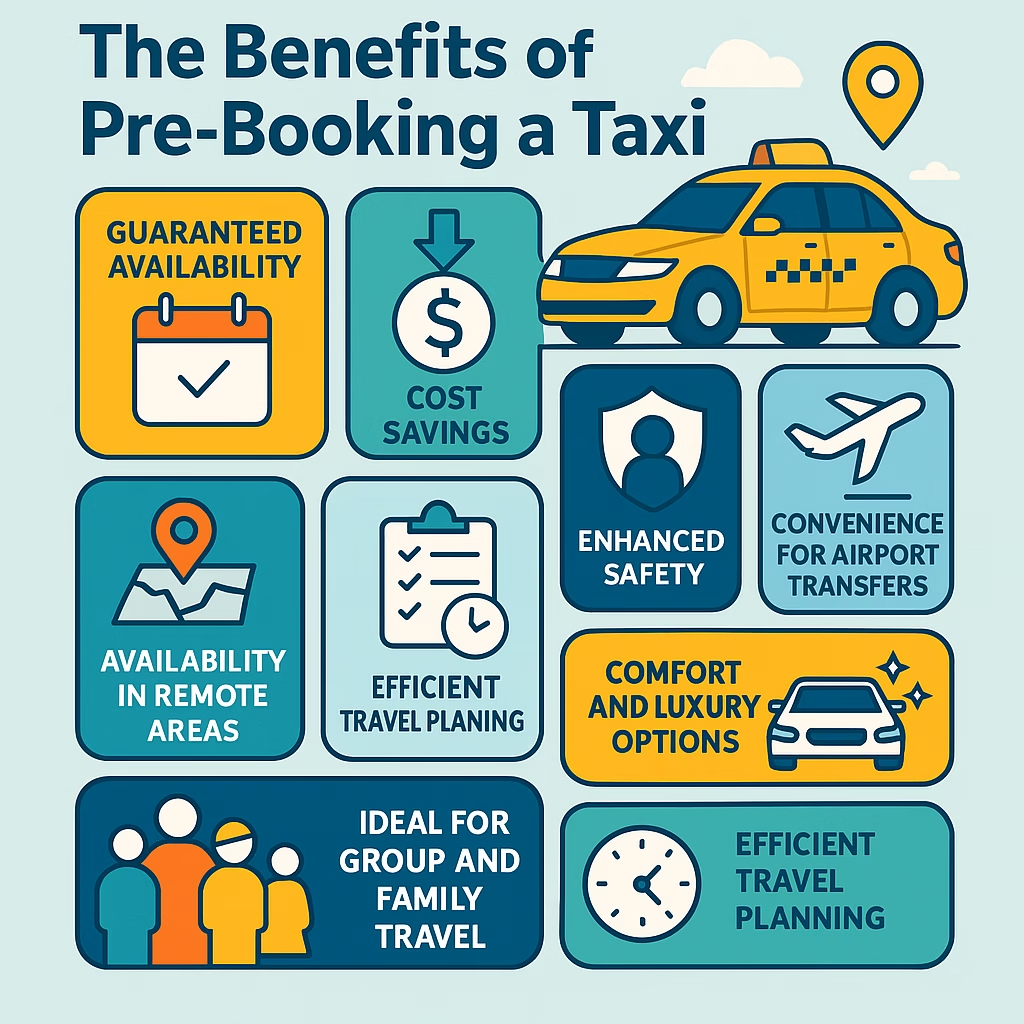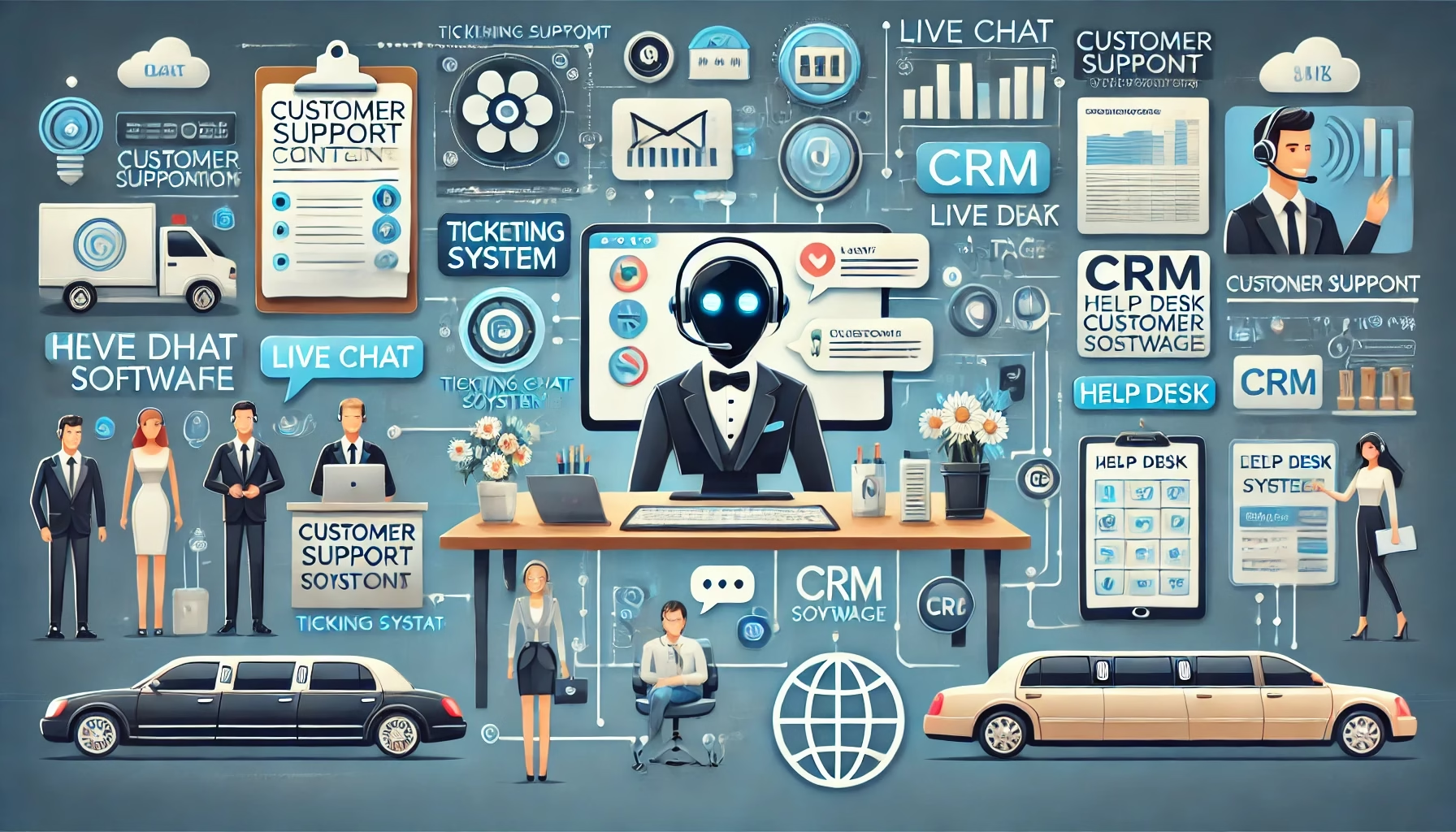Introduction
A strong social media strategy guide is essential for businesses aiming to thrive in the digital world. Social media is no longer just a place for casual interactions—it’s a powerful tool for marketing, customer engagement, and brand visibility. However, building a successful strategy requires balancing various factors, including content creation, audience engagement, platform selection, and analytics.
In this guide, we will break down the key elements of a social media strategy guide, discuss the challenges businesses face, and offer practical solutions. Whether you are in dispatch services, limousine services, or any other industry, these insights will help you optimize your approach for maximum impact.
1. Defining Your Social Media Goals
The Issue: Unclear Objectives Lead to Ineffective Strategies
Many businesses jump into social media without clear objectives. This leads to wasted resources, inconsistent messaging, and poor audience engagement. Without well-defined goals, it’s difficult to measure success or adjust your strategy effectively.
The Solution: Set SMART Goals
- Specific: Define what you want to achieve—brand awareness, lead generation, or customer engagement.
- Measurable: Use key performance indicators (KPIs) like engagement rates, conversions, and reach.
- Achievable: Set realistic goals based on your industry, audience, and resources.
- Relevant: Align your goals with your overall business objectives.
- Time-bound: Establish deadlines for tracking progress and adjusting strategies.
A limousine or dispatch service, for example, might focus on increasing customer inquiries through social media. A well-planned social media strategy guide ensures that all efforts align with business goals.
2. Choosing the Right Platforms for Your Business
The Issue: Not All Platforms Suit Every Business
Many companies waste time on social platforms that do not align with their target audience. For example, B2B businesses may not benefit much from Instagram, while B2C brands might struggle on LinkedIn.
The Solution: Select Platforms Based on Audience & Industry
- Understand Your Audience: Research demographics, behavior, and preferences.
- Analyze Platform Strengths: LinkedIn is great for B2B, while Instagram and TikTok excel in visual storytelling.
- Focus on Quality Over Quantity: Instead of being everywhere, master a few platforms.
For limousine and dispatch services, platforms like Facebook, Google My Business, and Instagram work best to showcase services and customer testimonials.
3. Crafting Engaging Content That Converts
The Issue: Poor Content Leads to Low Engagement
Posting random content without a strategy leads to low interaction. Without compelling posts, businesses fail to capture attention.
The Solution: Use a Content Mix & Engagement Strategies
- Educational Content: Share industry insights, tips, and informative posts.
- Visual Storytelling: Use high-quality images, videos, and infographics.
- User-Generated Content: Encourage satisfied customers to share testimonials.
- Consistency Matters: Post regularly to stay visible in feeds.
A social media strategy guide for dispatch services can include engaging content about real-time tracking, booking benefits, and customer experiences.
4. Optimizing Your Posting Schedule for Maximum Reach
The Issue: Posting at the Wrong Times Hurts Engagement
Posting randomly reduces visibility. If your audience is offline, your content gets buried under newer posts.
The Solution: Use Analytics & Automation
- Check Insights: Platforms like Facebook and Instagram provide engagement data.
- Best Times to Post: Research shows weekdays at lunch and evenings work best.
- Use Scheduling Tools: Platforms like Buffer, Hootsuite, or Sprout Social ensure timely posting.
For limousine services, posting promotional offers during peak travel hours can increase conversions.
5. Leveraging Paid Advertising for Better ROI
The Issue: Organic Reach Is Declining
Social media algorithms prioritize paid content, making organic reach challenging. Businesses relying solely on free posts struggle to grow.
The Solution: Invest in Targeted Ads
- Define Your Audience: Use location, interests, and behaviors for targeting.
- Choose the Right Ad Format: Stories, carousel ads, and video ads work well.
- Monitor Performance: Track click-through rates and conversions.
Dispatch and limousine services can benefit from Facebook and Google Ads targeting users searching for transportation solutions.
6. Engaging With Your Audience & Building Community
The Issue: Lack of Interaction Reduces Trust
Ignoring comments, messages, and reviews harms brand reputation. Social media should be a two-way conversation.
The Solution: Be Active & Responsive
- Reply to Comments & Messages: Show customers you care.
- Encourage Discussions: Ask questions and use polls.
- Showcase Customer Reviews: Build credibility with testimonials.
A strong social media strategy guide ensures businesses maintain an active presence and foster community trust.
7. Measuring Performance & Adjusting Strategies
The Issue: No Tracking Means No Improvement
Without performance analysis, businesses don’t know what’s working. This leads to wasted time and money.
The Solution: Use Data-Driven Decision Making
- Track KPIs: Engagement rates, impressions, and conversions matter.
- Analyze Trends: Identify successful posts and replicate their success.
- Adapt Based on Results: Refine strategies based on insights.
Using analytics ensures limousine and dispatch services refine their content to maximize bookings.
8. Collaborating With Influencers & Brand Ambassadors
The Issue: Brands Struggle to Build Credibility
New businesses find it hard to gain trust, making influencer marketing a powerful tool.
The Solution: Partner With Industry Experts
- Find Relevant Influencers: Choose those with an engaged audience.
- Offer Value-Based Collaborations: Provide incentives like free services.
- Track Performance: Measure engagement and conversion rates.
For limousine services, partnering with travel bloggers can boost brand visibility.
9. Addressing Negative Feedback & Reputation Management
The Issue: Bad Reviews Can Damage Brand Image
Ignoring negative feedback worsens the situation. Businesses need proactive reputation management.
The Solution: Handle Criticism Professionally
- Acknowledge the Issue: Respond politely.
- Offer a Solution: Address complaints and improve services.
- Encourage Positive Reviews: Request feedback from happy customers.
Dispatch services can use proactive customer support to maintain a positive brand image.
10. Staying Ahead of Social Media Trends
The Issue: Outdated Strategies Lead to Decline
Trends change fast, and businesses must adapt to stay relevant.
The Solution: Keep Innovating
- Follow Industry Updates: Stay informed about algorithm changes.
- Experiment With New Features: Use Reels, Stories, and interactive posts.
- Engage With Trendy Content: Use viral hashtags and memes strategically.
A dynamic social media strategy guide ensures businesses stay ahead in their industry.
Conclusion
A well-structured social media strategy guide helps businesses maximize engagement, conversions, and brand loyalty. By defining goals, choosing the right platforms, and leveraging advertising, companies can create a winning social media presence.
For businesses needing expert social media management, Saztech Solutions provides top-notch dispatch and customer support services. Learn more at Saztech Solutions.
Home | About Us | Pricing | Get Started | FAQ | Dispatch Daily | Contact Us
WhatsApp | Facebook | LinkedIn





Leave a Reply